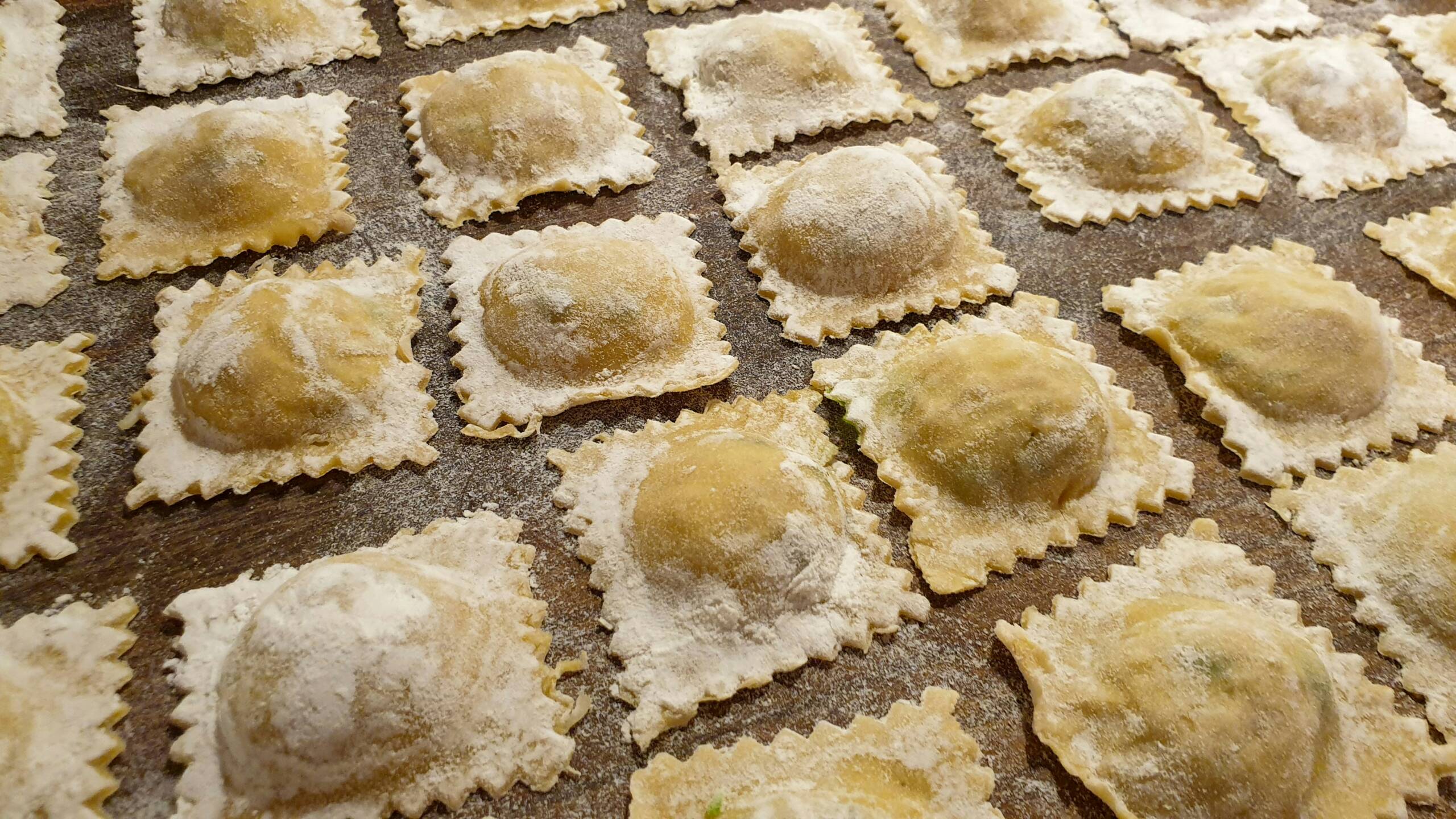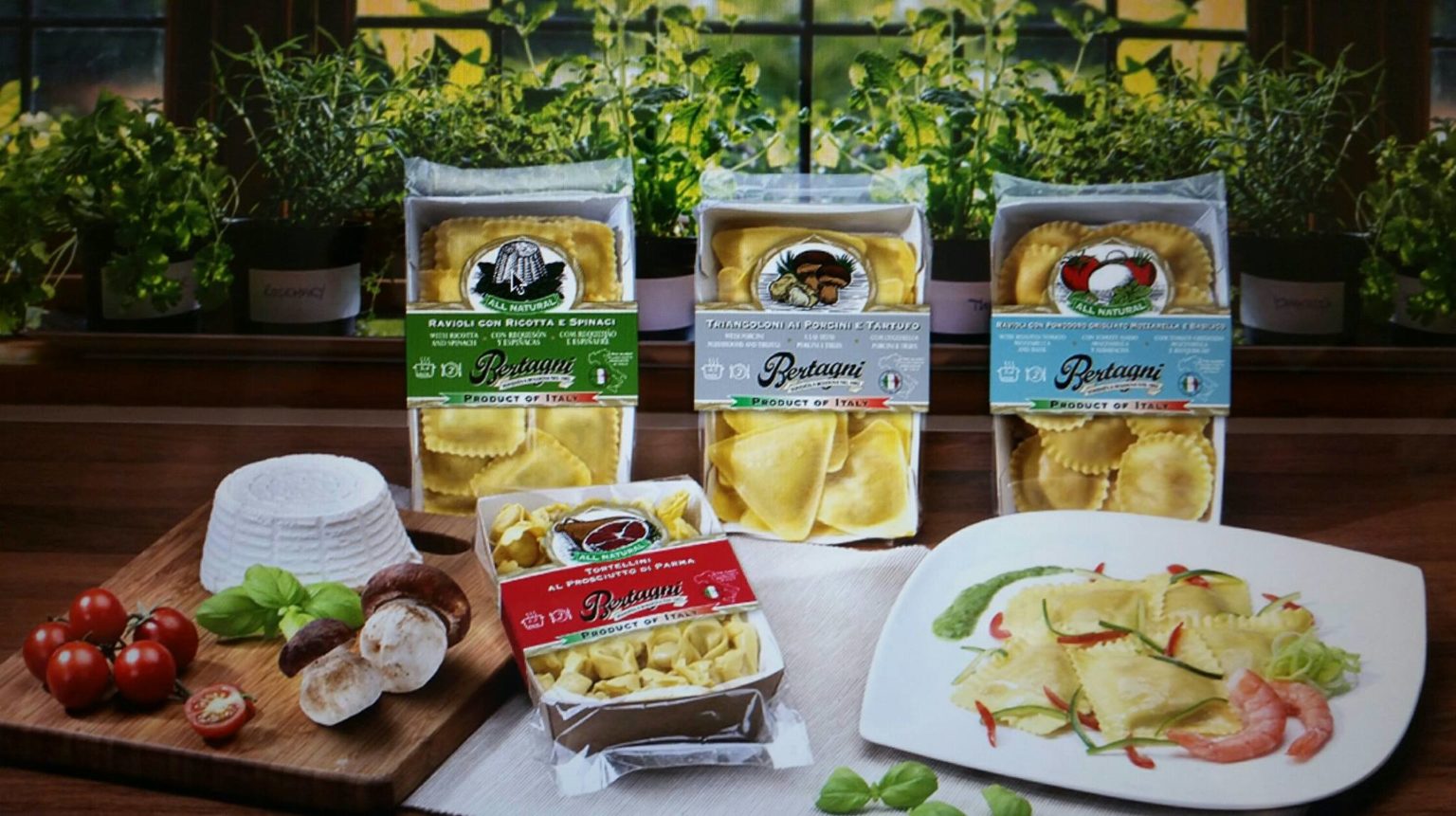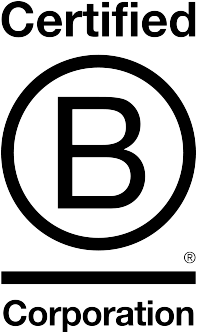IP | Pasta in Court: Bertagni vs RANA over packaging provided to Aldi

Bertagni versus Pastificio Rana: a packaging dispute
Pasta is undoubtedly the queen of the table, but sometimes it also takes center stage in many courtrooms. Such was the case when the Court of Appeal of Venice ruled on June 1, 2023, on a dispute between two food industry companies, Bertagni 1882 S.p.A. and Pastificio Rana S.p.A.
Here are the facts: Bertagni 1882 claims to be a well-known producer of fresh stuffed pasta and to use original packaging for its products, consisting of a paper tray covered by a transparent wrap and a band with the company’s logo, or the client’s logo in the case of private label products (see photo below). The company has protected the packaging by registering it as a shape mark (to understand what a shape mark is, just think of the Coca-Cola bottle).

For years, Bertagni has produced fresh pasta (tortelloni) for Aldi supermarkets, using these trays with the “Rewe” brand band on the packaging.
In 2017, Rewe announced a new tender for the supply of fresh pasta and attached the image of the required packaging (very similar to what was used until then). Pastificio Rana won the tender and thus supplied the fresh pasta using trays and packaging very similar to the previous ones. Since seven years have passed, images of the Rewe tortelloni provided by Rana are not available. According to Bertagni, this constitutes an infringement of the registered shape mark and an act of unfair competition through slavish imitation.
Rana denies the accusations of infringement and unfair competition. Instead, it requests that the shape mark of Bertagni be declared null and void (i.e., invalid) as it lacks any distinctive capacity.
The Court’s decision
The Venice Court, with judgment no. 1940/21, rejected Bertagni’s claims, and the Court of Appeal later confirmed the judgment. According to the Appellate Judges, Bertagni’s tray shape lacks novelty, as it has a common shape used by many companies in the food industry and not just by producers of fresh stuffed pasta.
The Court of Appeal emphasized that the tray shape lacks distinctiveness, meaning it is not recognized by the public as identifying Bertagni’s product. Distinctiveness, the Court specifies, exists when the public is “able to recognize the commercial origin of the product solely and exclusively by the packaging shape, i.e., without the logo, writing, or any other indication.”
Therefore, the Court also rejected the infringement claim, considering the existence of some differences in the pasta packaging sufficient to exclude confusion between the products of the two companies.
Can Pasta Packaging cause confusion?
The judges believe that the similarity between Bertagni and Rana’s packaging does not translate into potential confusion, as they are sufficiently diversified to indicate that they come from two different suppliers.
The Court of Appeal also rejected the unfair competition claim for slavish imitation. This offense occurs when the external characteristics of a product, recognized by the public as typical of a particular company, are imitated, and provided that the repetition of formal features is not limited to imitating those characteristics necessary for functionality.
Rana cannot be accused of unfair competition through slavish imitation, as the pasta packaging, although similar, is characterized by substantial differences (shape, band positioning, and label) that allow the consumer to perceive the diversity.
This article originally appeared on May 21, 2024, in the publication ‘Il fatto alimentare’. The original Italian version can be found at this LINK.





